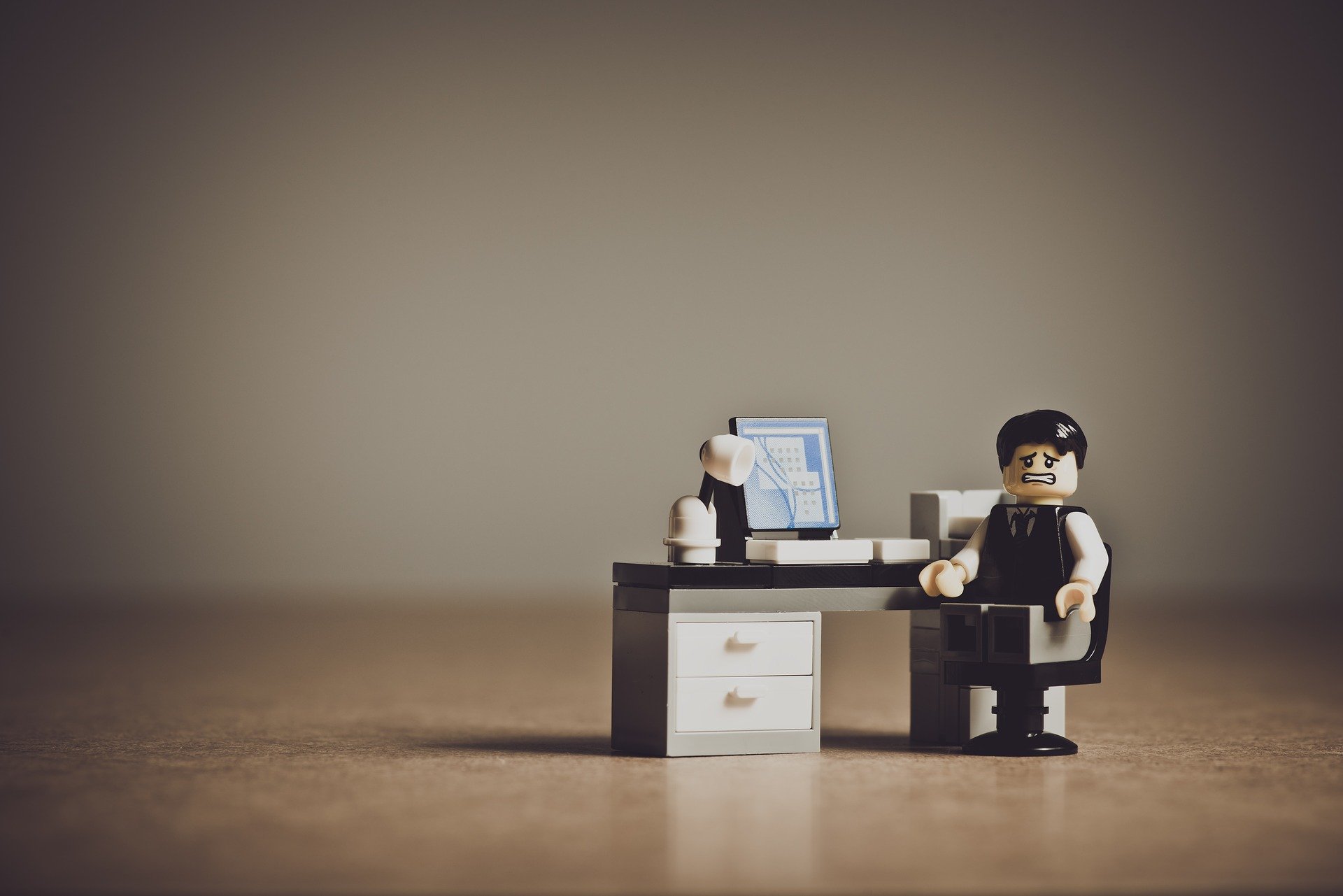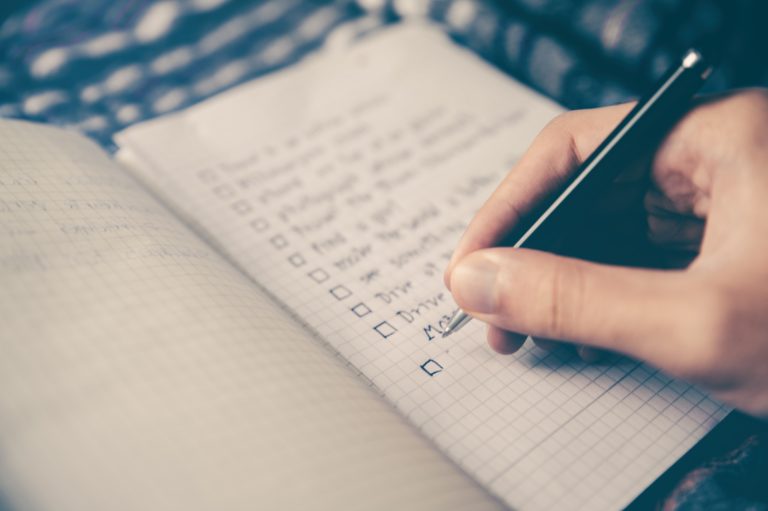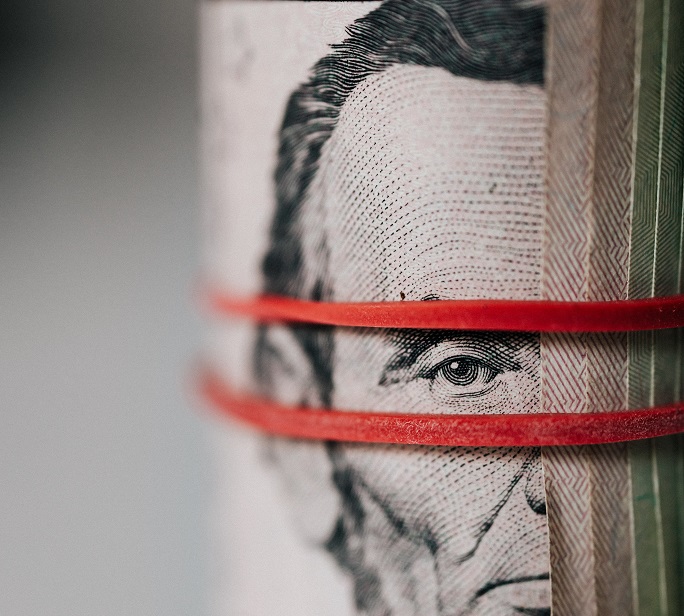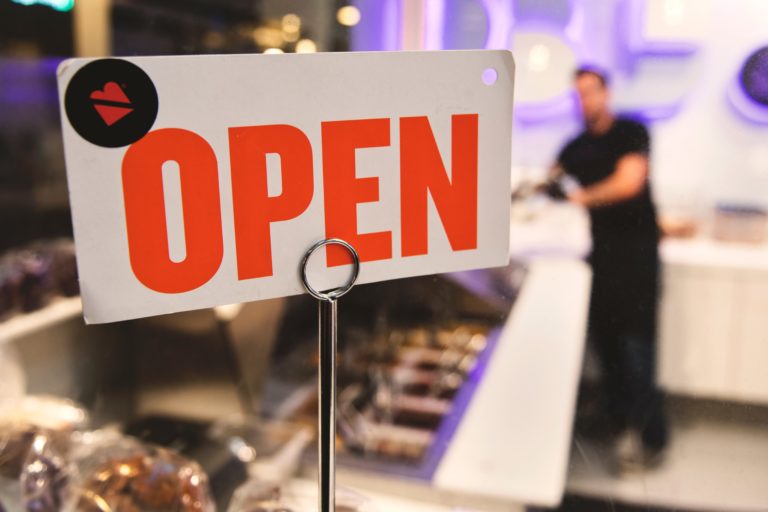Small Loans: The Best Way to Get the Money You Need
When a car accident, a sudden home repair, or even the need for a second car sneaks up on you, it’s time for a small loan. Small loans help us get over life’s trickier spots and build up some good credit for us when we pay them off quickly.
However, you need to know how small loans work and what to expect in terms of fees and timelines before applying for one.
What’s the best way to navigate the hundreds of small loans available to you? Scroll down for more information on how to get small loans, how credit can affect them, and why you might choose to go small.
What are small loans?
Small loans can be any amount starting at $300. A lender probably won’t approve anything lower than that, as it’s not worth their time or the fee payments to go below that amount.
These loans are unsecured, meaning they don’t require any collateral. However, you will have to pay higher interest fees and several fees upfront in order to get the money. Most small loans have an application fee of between $250 and $750 dollars. It changes based on how much you borrow and normally works out to 10 percent of what you borrow. That amount gets tacked onto your original loan and becomes part of your total.
For example, if you borrow $2,000 from a lender, you’ll be charged an application fee, (sometimes called an establishment fee), of $200, bringing your loan to $2,200.
Interest fees for small loans are calculated using a Rate for Risk, a system that helps lenders figure out how likely you are to pay your loan back on time and without any defaults. Low-risk customers may get charged 12 percent interest while a high-risk borrower can expect something closer to 45 percent.
If we compare two small loans of $2,000, we have the additional fee of $200, then the Rate for Risk interest. Customer A is low risk, so gets a 12 percent interest fee. But customer B gets rated high risk and gets an interest fee of 30 percent.
On top of that, each customer gets a one percent interest hike each month. As small loans are meant to be paid quickly, this increase works as an incentive to keep customers on track and not fall behind to keep those extra percentage points from piling up.
Are small loans possible with bad credit?
The short answer is yes, many lenders will work with you if you have defaulted on a past loan or declared bankruptcy in the past. However, your lender will likely rate you high-risk and charge you a higher interest rate.
The maximum interest rate on a small loan is 48 percent, a significant amount if you’re already in debt. However, you may want to consider it if you hope to consolidate your debts into a single, more predictable payment. If you need a better car in order to get a better job, if your roof is in a bad state, or there’s any other emergency that it would otherwise take months to pay for, these high-interest small loans can be a lifesaver.
Talk to your lender about how you can use your loan to improve your credit score and have a better rating for any future loans. A good broker will work with you on all the details, like your payment schedule, so that you can build up a nicer financial portrait of yourself as a customer.
How to acquire small loans
Most small loans are available online, over the phone, or even via a phone application. Their smaller size and lack of security mean that the majority of them are available 24 hours after your application is approved.
You have to meet a short list of requirements before you apply. They include:
- That you are a legal adult at least 18 years of age
- Australian residency
- A current place of employment
- More than 50 percent of your income must come from your employer
- Direct deposits into your bank account from your job
- No current claims of bankruptcy, (though some lenders make an exception here)
- The exact amount you need to borrow
Then you need your supporting documents. Gather together your:
- Last two payslips
- An income statement if you receive a Centrelink payment
- Your driver’s licence and Medicare card number
Once you have all of that, your broker can work with you directly to get you your loan, work out your payment schedule, and give you more information on your interest rate and why you got rated high or low-risk.
The moment small loans get transferred, they belong to the recipient, so you can take yours and go get whatever you need the moment you need it.
When it comes to small loans, LendEasy can help
Don’t let life’s unexpected twists and turns leave you in the dust. Contact us today to learn more about how we structure small loans and what rates are available to you. Our team of financial professionals can do amazing things for you. Book a discovery call here.







